|
S O I L Soil is a powerful resource; it's the home, the temple, of all you grow. Having a fundamental understanding about soil, what makes its healthy and how to care for it directly impacts the soils ability to grow foods and herbs as well as protect the environments natural resources. Here's a general overview of healthy soil outlined below. Soil Organic Matter (SOM) - SOM is made up of living organisms both fresh (no more than 3 years; still provides food for soil organisms) and decomposed (between 5-1000 years old; mainly carbon and no longer food for soil organisms).
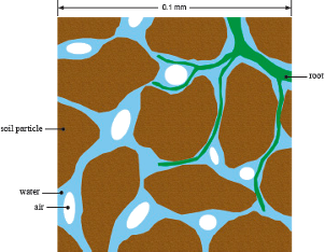 Soil Tilth: tilth is referring to the physical condition of the soil; preferably porous, breathable, penetrable by root systems and easily able to receive water.
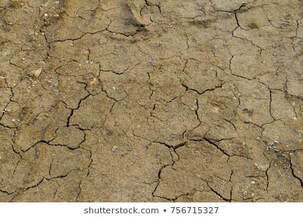
Soil pH - a neutral soil pH is 7. Acidic soils are below pH7 and alkaline soils are above pH 7. pH impacts the availability of nutrients in the soil. Most crops prefer a pH of 6-6.8 When doing research on plant pH it is commonly centered around the need to maintain and monitor the soil's N (nitrogen), P (phosphorus) and K (potassium) levels so let's begin there. Nitrogen promotes healthy foliage (too much can result is rapid growth but poor flowering, too little stunts the growth) Signs: short plants, small leaves and yellowing Phosphorus promotes strong roots, flowering and larger seeds (excess leads to poor growth and bleaching because it impacts symbiotic bacteria and fungus that aid root systems in taking in water and nutrients / too little causes leaf death) Signs: excess weed growth, stunted plant growth and bleaching leaves, older leaves turning “fall” colors early and falling off. Potassium supports overall plant health (excess can block Nitrogen and Phosphorus uptake / too little can lead to disease and poor health) Signs: brown scorching and curling of leaf tips, yellowing between leaf veins, stunted growth and purple spots on the bottom of leaves When you procure fertilizers there are always 3 numbers on the product. Those 3 numbers correspond to the products levels of N (nitrogen), P (phosphorus) and K (potassium). For example a fertilizer with a 10-10-10 is equal percentage (10% to be exact) of N P K. How do you determine the correct fertilizer? You can learn the fertilizer needs of individual plants as well as test the soil to determine its pH and what it will need to return to homeostasis. You can procure a testing kit online or at most gardening stores. For folks that are local to me in VT I also recommend sending a sample of your soil off to the University of Vermont (UVM) for testing at the beginning and end of each grow season. https://pss.uvm.edu/ag_testing/?Page=soils.html Maintaining soil N P K can be challenging and requires frequent soil testing (monthly and at the different stages of plant growth), observation of the behavior and physical attributes of the plants and soil and using that information to continue to feed the plant(s) throughout the grow season. 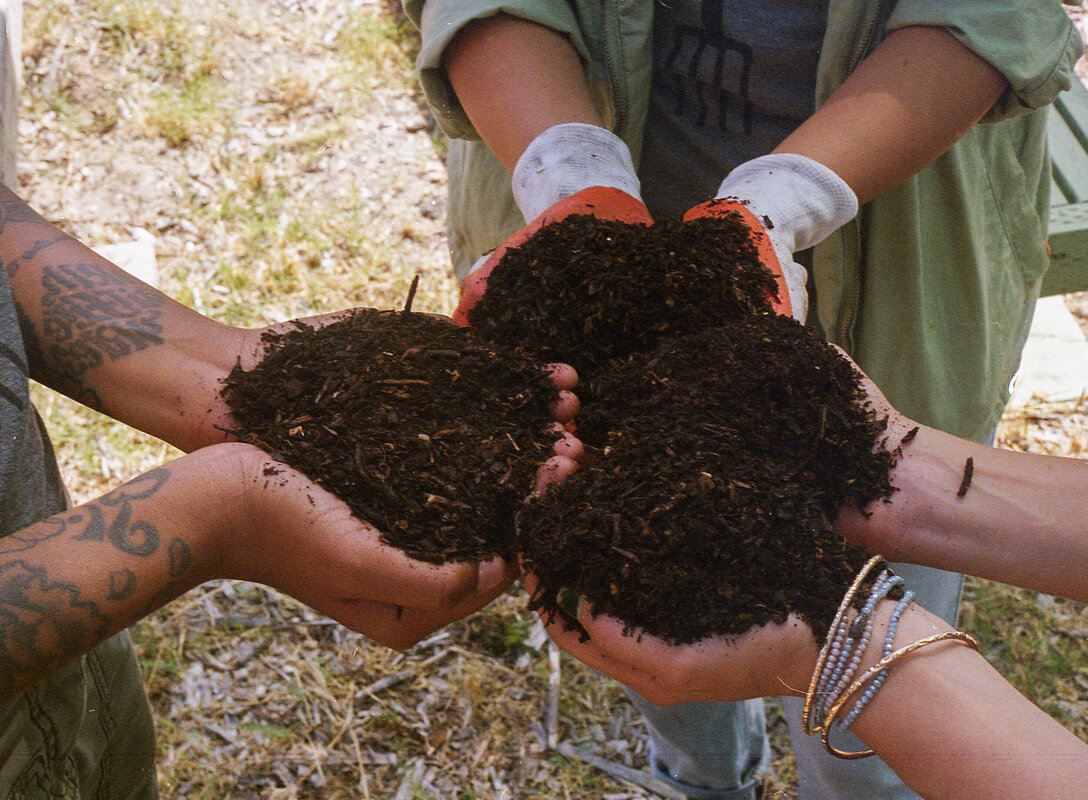 Soil fertility is the ability of soil to provide a holistic environment for growing healthy plants. To do this is needs a balance of nutrients. It's important to note that soil fertility extends beyond understanding soil pH and monitering N P K alone. Biodiversity both above and below the soil is important to soil health, fertility and mitigating plant disease and minimizes pest infestation. So as much as you tend to the health of the soil directly it’s equally important to tend to the soil indirectly by planting a variety of plants (heirloom, organic), feeding the wild birds, growing a pollinator garden and allowing the growth of wild plants that serve as both habitat and food for beneficial organisms.
0 Comments
Your comment will be posted after it is approved.
Leave a Reply. |
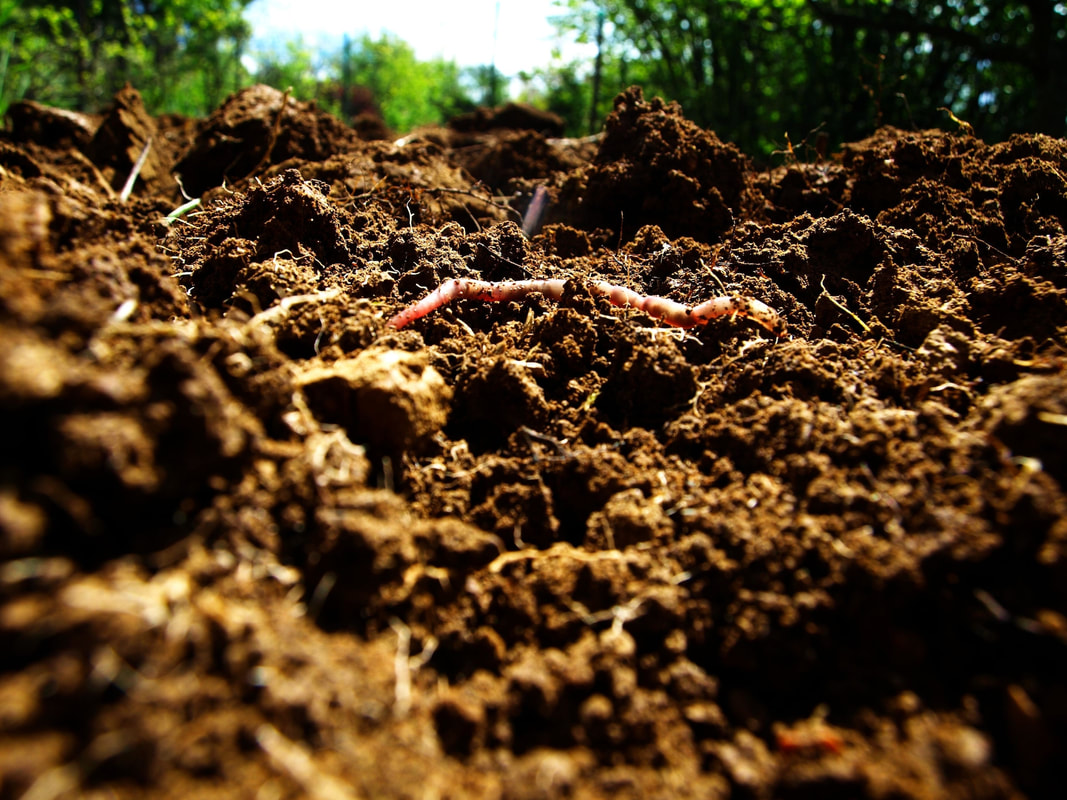
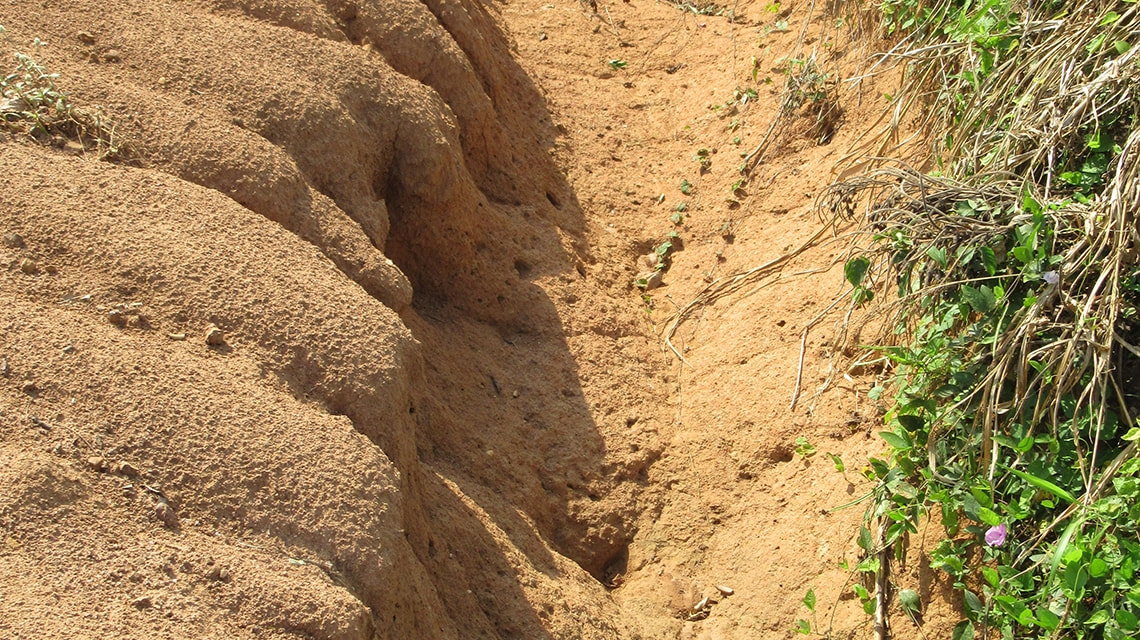
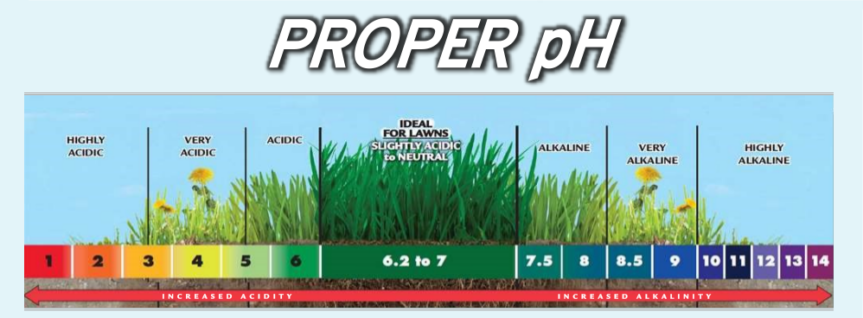
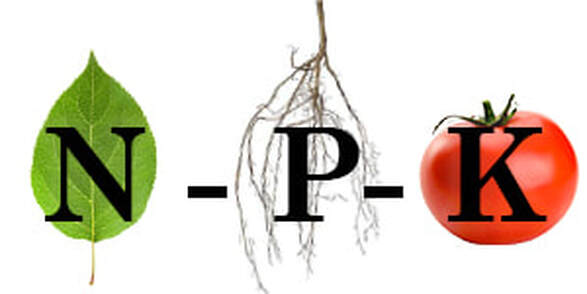
 RSS Feed
RSS Feed